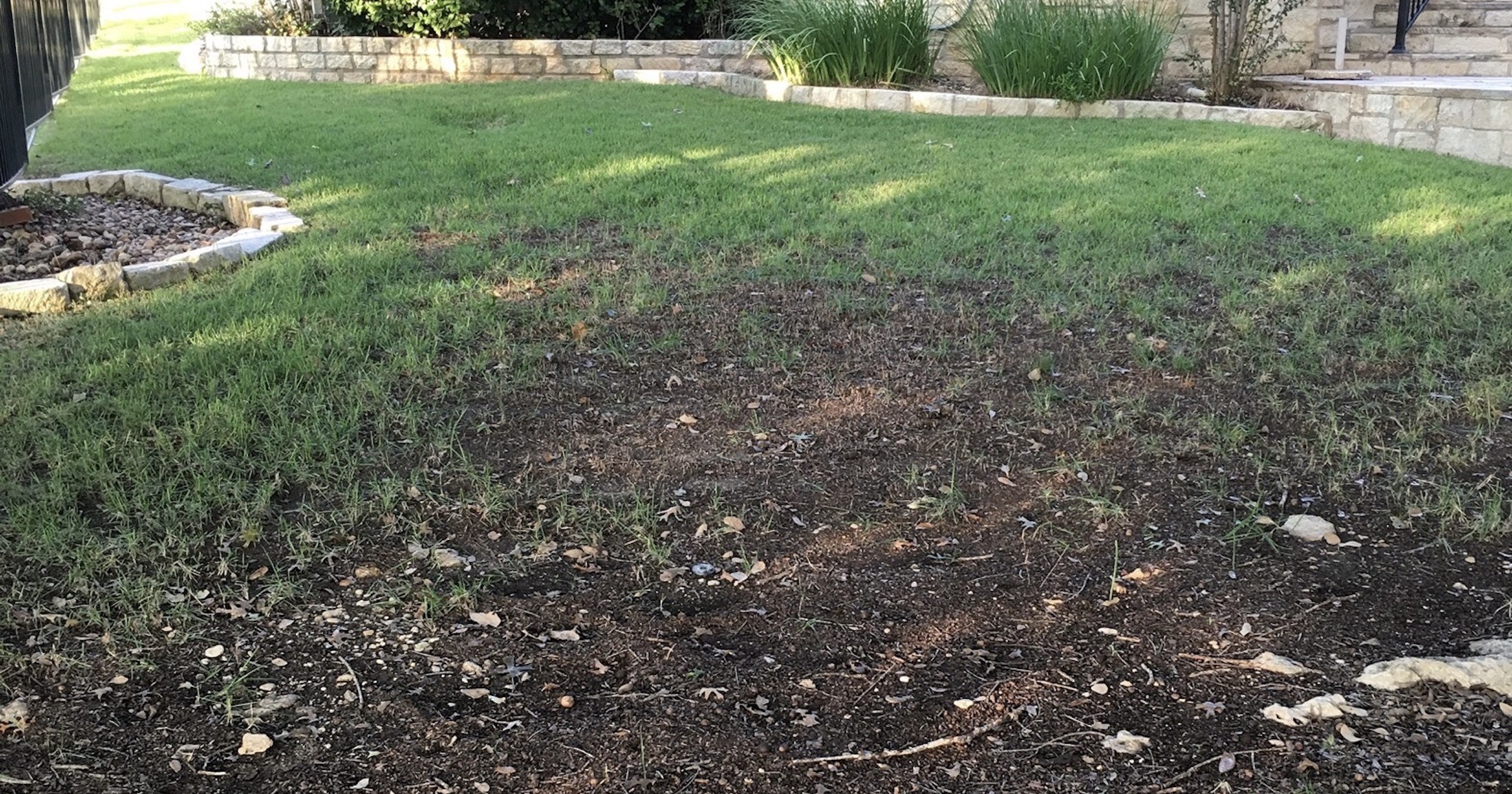 Evolution
Evolution
 Intelligent Design
Intelligent Design
Did Life First Arise by Purely Natural Means?

Editor’s note: We are delighted to present a series by Walter Bradley and Casey Luskin on the question, “Did Life First Arise by Purely Natural Means?” This is the first entry in the series, a modified excerpt from the recent book The Comprehensive Guide to Science and Faith: Exploring the Ultimate Questions About Life and the Cosmos. Find the full series so far here.
Major scientific magazines and journals often feature articles on the “Biggest Unsolved Mysteries in Science”1 — and the origin of life is almost always on that list, sometimes as the number one mystery.2 In this and coming posts we will explore key challenges to a natural, chemical origin of life. We’ll examine the formation of the essential functional polymers of life — proteins, DNA (deoxyribonucleic acid), and RNA (ribonucleic acid). How might these extraordinarily complex molecules have formed in oceans, lakes, or ponds from simple, naturally occurring molecular building blocks like sugars and amino acids? What is life? How does it operate? Could life originate by strictly natural means?
Three Scientific Discoveries
Darwin’s theory of evolution and the development of the second law of thermodynamics by Boltzmann and Gibbs are two of the three major scientific discoveries of the 19th century. Maxwell’s field equations for electricity and magnetism are the third. The second law of thermodynamics has had a unifying effect in the physical sciences much like the theory of evolution has had in the life sciences. What is intriguing is that the predictions of one seem to contradict the predictions of the other. The grand story of evolution teaches that living systems have generally moved from simpler to more complex over time.3 The second law of thermodynamics teaches just the opposite, a progression from order to disorder, from complexity to simplicity in the physical universe. Your garden and your house, left to themselves, go from order to disorder. But you can restore the order if you do the necessary work. In the winter, when it is cold, the interior of your house will gradually drop in temperature toward the outside temperature. But a gas heater can reverse this process by converting the chemical energy in natural gas into thermal energy in the house.
True Everywhere in Life
This simple analogy illustrates what is true of all living systems: they can only live by having access to energy and a means of converting this energy into the alternative forms of energy or work required to oppose the pull toward thermodynamic equilibrium, from complexity to simplicity. Living systems are much more complex than nonliving systems. Like a lawnmower with gasoline as a source of energy and an engine to convert that energy into movement of a blade to cut the grass, living systems must have access to sources of energy and systems to convert the energy into the needs of plants and animals. Nonliving objects in nature exist without any complex functional systems or any energy flow requirements. They are generally made of simple crystalline or amorphous materials. A picture of my (Walter Bradley’s) backyard (at the top of this article) shows a region in the foreground that is completely shaded by a large oak tree; it receives no sunlight, and consequently, has no grass. Adjacent to this shadowy, bare section is a region where sunlight is present about 50 percent of the daytime and consequently has a beautiful, grassy cover. The second law of thermodynamics is a law of nature (like gravity, everyone is subject to it). Living plants and animals can survive only with energy flowing through their systems. Nonliving objects such as mountains, rocks, sand, rivers, and soil have no need for energy flow, nor do they have the complexity to utilize energy toward some goal.
To Utilize and Store Energy
To summarize, plants can utilize solar energy to levitate above thermodynamic equilibrium. Nonliving objects such as mountains, oceans, rocks, sand, and soil have no need for such complexity; they do not store chemical energy like plants do; nor can they process solar or other forms of energy. Living matter is much more complex (e.g., RNA, DNA, protein, etc.), needing as it does to be able to utilize and store available energy from the sun or from the consumption of plants and animals.
Next, “All Living Systems Must Process Energy, Store and Utilize Information, and Replicate.”
Notes
- See for example Ronak Gupta, “The 7 biggest unsolved mysteries in science,” Digit (May 26, 2015), https://www.digit.in/features/general/7-greatest-unsolved-problems-in-science-26132.html (accessed November 18, 2020).
- See for example Philip Ball, “10 Unsolved Mysteries in Chemistry,” Scientific American (October 2011), https://www.scientificamerican.com/article/10-unsolved-mysteries/ (accessed November 18, 2020).
- Technically the official line from neo-Darwinian evolutionists is that evolution knows nothing of “progress” and does not necessarily move from “simple to more complex.” Nonetheless, it is also true that the grand arc of the evolutionary story moves from simpler organisms toward more complex ones. In this evolutionary story, biological and organic systems began with a single self-replicating molecule and ended up at us. Evolutionary theorists sometimes try to trivialize this clear progression by calling it “bouncing off the lower wall of complexity,” but it cannot be denied that their story entails a march towards greater complexity. See for example Stephen Jay Gould, Full House: The Spread of Excellence from Plato to Darwin (New York: Three Rivers, 1996).
